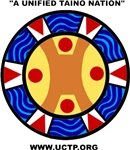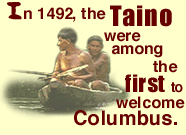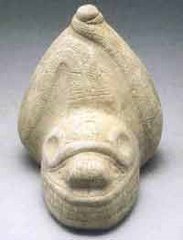Did You Know: On October 12, 1492 Christopher Columbus decided to take six Taíno people with him upon his return back to Spain. This act was the root of the trans-Atlantic slave trade. In a 1493 letter written to Ferdinand and Isabella, Columbus offered his patrons "slaves as many as they shall order be shipped" in exchange for the ships and resources needed for a second voyage. When he returned to the Caribbean, in February 1495, Columbus took by force 1600 Taíno to be enslaved. 560 slaves were shipped to Spain; 200 died en route, probably of disease and or abuse. After legal proceedings, the survivors were released and ordered to be shipped home. Others of the 1600 who were enslaved by Columbus and his men were distributed among the Spanish-colonial settlers. - © UCTP Taíno News
Sources:
The Diario of Christopher Columbus's first voyage to America, 1492-1493. (1989). University of Oklahoma Press.
James C. Clark of The Sentinel Staff. (2018, October 6). How Columbus created slave trade that changed world's economy. OrlandoSentinel.com. https://www.orlandosentinel.com/news/os-xpm-1992-05-17-9205160196-story.html












